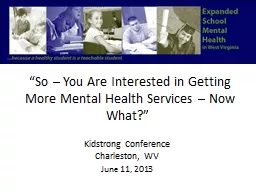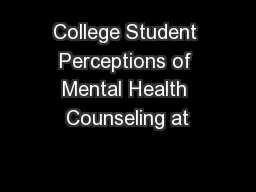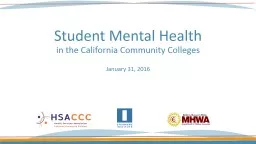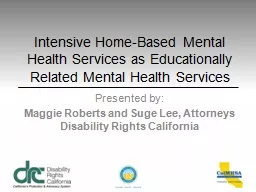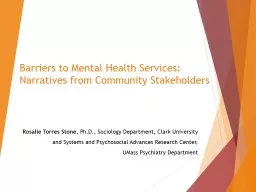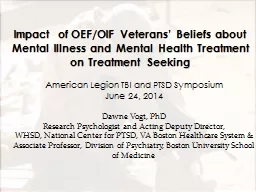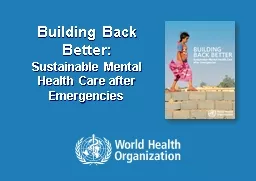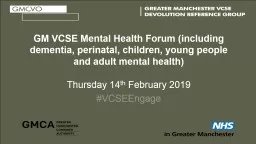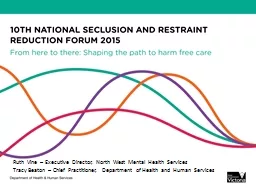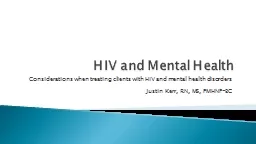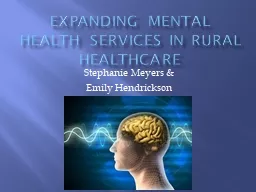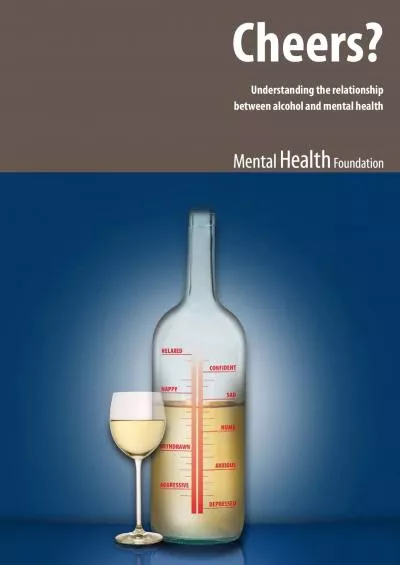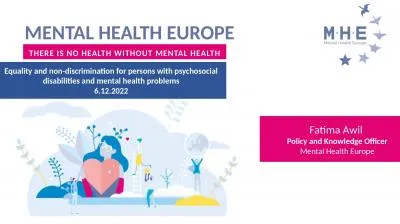PPT-“So – You Are Interested in Getting More Mental Health Services – Now What?”
Author : pamella-moone | Published Date : 2018-03-21
Kidstrong Conference Charleston WV June 11 2013 Objectives Participants will be able to Describe the three tiers of an expanded school mental health model ESMH
Presentation Embed Code
Download Presentation
Download Presentation The PPT/PDF document "“So – You Are Interested in Getting ..." is the property of its rightful owner. Permission is granted to download and print the materials on this website for personal, non-commercial use only, and to display it on your personal computer provided you do not modify the materials and that you retain all copyright notices contained in the materials. By downloading content from our website, you accept the terms of this agreement.
“So – You Are Interested in Getting More Mental Health Services – Now What?” : Transcript
Download Rules Of Document
"“So – You Are Interested in Getting More Mental Health Services – Now What?” "The content belongs to its owner. You may download and print it for personal use, without modification, and keep all copyright notices. By downloading, you agree to these terms.
Related Documents

